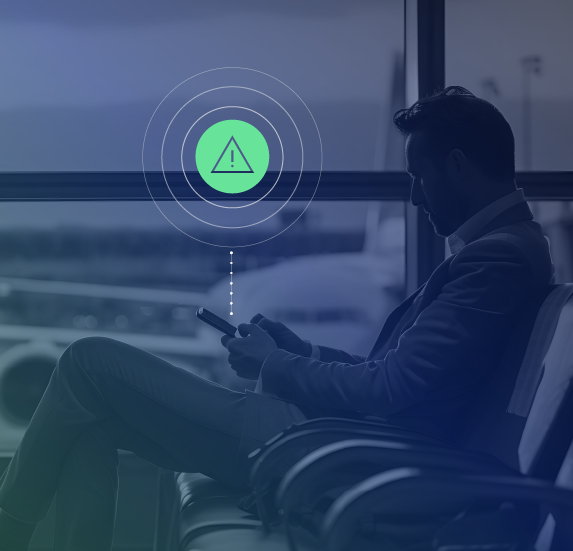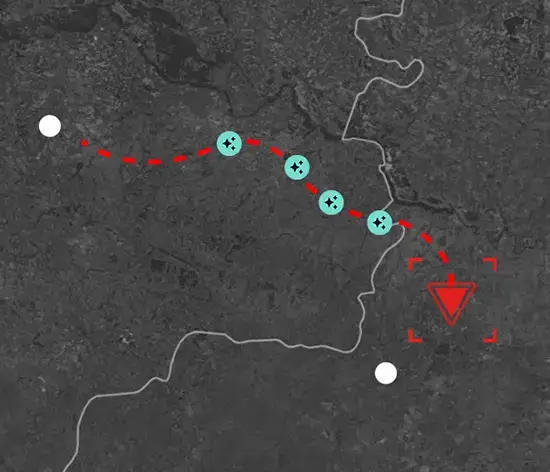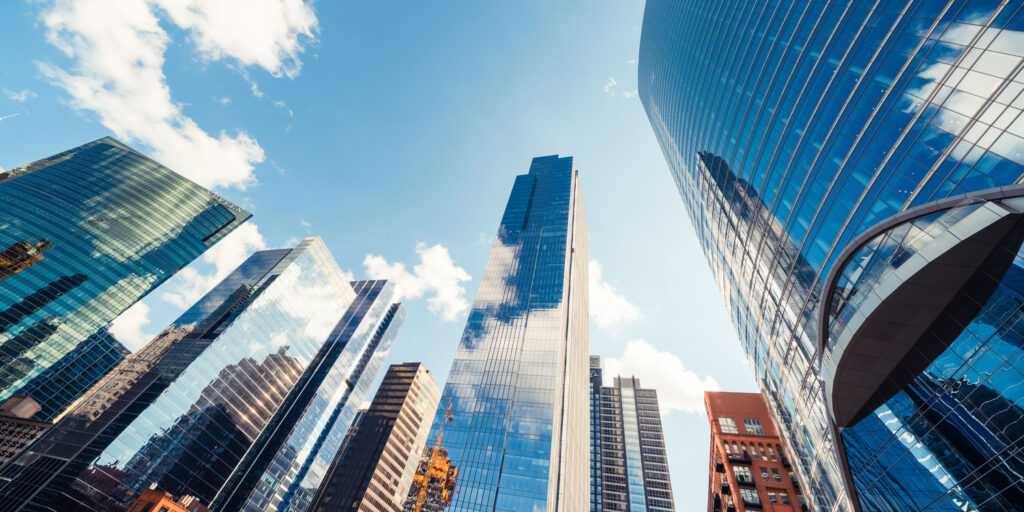The types of risk chief security officers (CSOs) grapple with haven’t changed much over the past few years, but how they are prioritized is in constant flux. For example, geopolitical risk. Once a lower level risk, it has risen to the top at many organizations and is now on the CEO and board agenda.
In Dataminr’s recent customer survey of senior corporate security leaders at large global organizations, participants shared which geopolitical—and localized—risks are of most concern to them.
Customers also ranked their top security and risk challenges, which reflect ways in which risks have evolved, especially post-COVID-19. Take for example, employee duty of care. For many organizations, it now encompasses employees who work from remote locations, in the office and while traveling for business.
Read on to learn more.

Our world has never been more connected or interdependent. While there are many benefits to that hyperconnectivity, the emanating risks are far-reaching, fast-moving and unpredictable.
“Security and disruptive events somewhere in the world can have much greater secondary and tertiary effects on businesses and employees than in years gone by,” said Rob Crowley, Chief Security Officer at Dataminr.
This calls for CSOs and other security leaders to ensure they have real-time situational awareness and understanding needed to not only know of potential risks and critical events as soon as they emerge, but to respond at light speed.
Learn more about how Dataminr is helping CSOs
- Explore the Dataminr for Corporate Security solution
- Gain insight into Dataminr’s AI platform and innovations
- Book a demo for a first-hand look at the power of Dataminr




